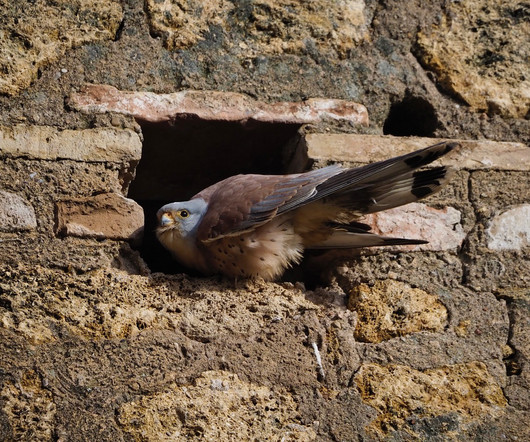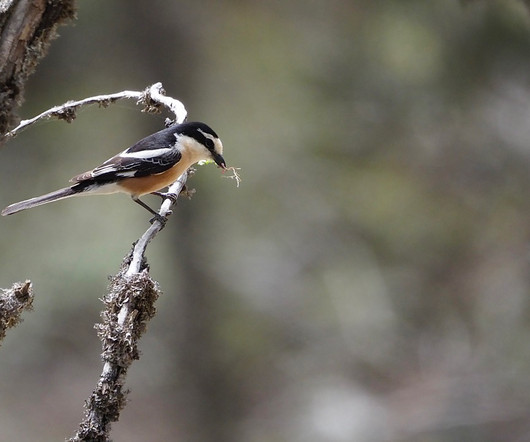The true “Mediterranean” Gull
10,000 Birds
FEBRUARY 7, 2016
Not only is it common and coastal, its global range is also largely restricted to the Mediterranean, with a few colonies also found along the western Black Sea shores, the lower Danube river, and into the Atlantic along the coast of Spain to the French Bretagne. So there you have it: conservative taxonomy leads to unfortunate common names.










Let's personalize your content